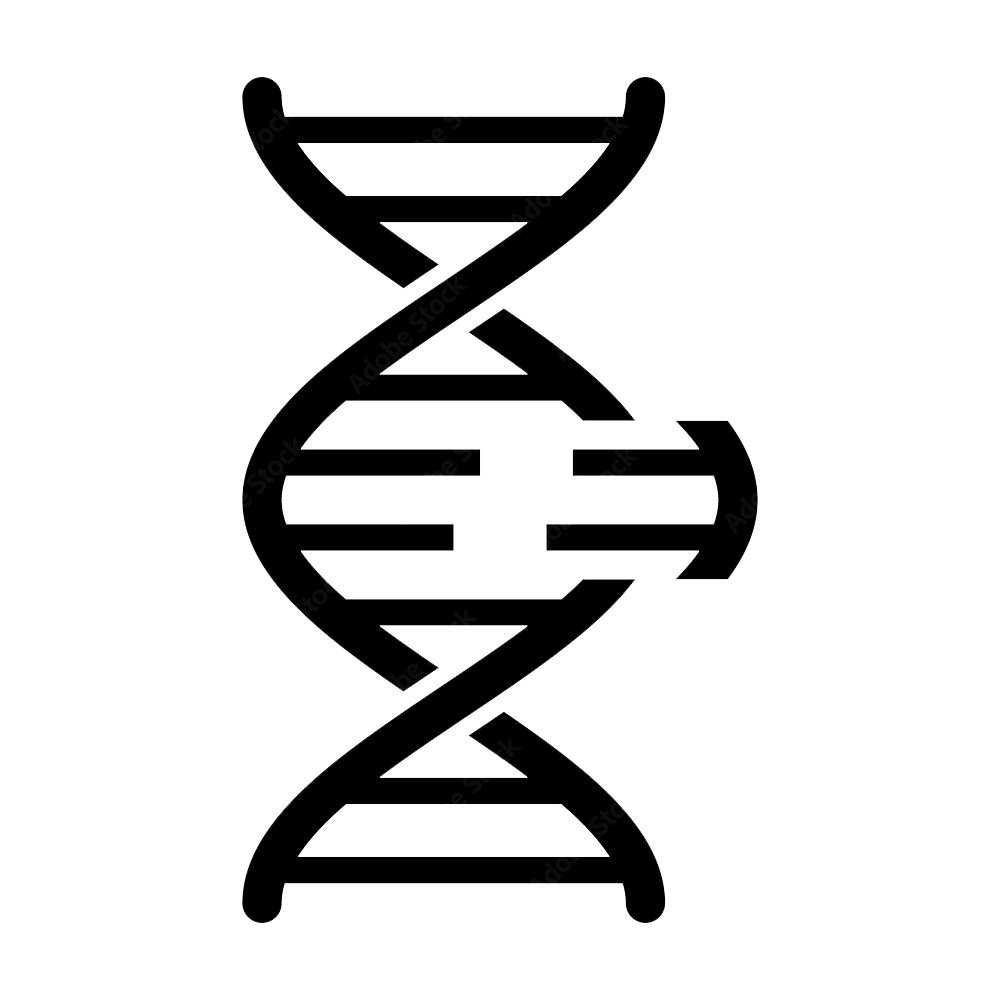

Challenge
Solution
Result
YOY increase in sales
When the client approached us, their data collection was chaotic. Their approach to sales and revenue generation was labour intensive, and despite having a lot of customer data, they weren’t using it to develop improved customer service or targeted account growth. They had a one size fits all service which meant that their cost of sale was high, they experienced high levels of churn across their customer base and they weren’t considered a trusted partner.
The client had three main objectives for programme:
- Initially the challenge was to collect and convert large amounts of both structured and unstructured data into actionable insights that the business could use to better forecast demand and drive sales.
- These insights would then enable them to segment their customers based on their needs and behaviours, and map all the customer journeys, allowing for increased understanding of touchpoints and friction.
- All this additional information would be fed into the design and implementation of segment specific Go To Market (GTM) strategies that have the ability to automate significant elements of the marketing sales cycle, and therefore focus expensive sales resources on only the most valuable opportunities. Through timely, personalised, and relatable content, they would increase customer engagement and create a more streamlined sales service.
The Solution
Part 1:
Capturing and structuring data for transformative insights
We worked with the client to take their complex and disparate data and unlock it’s potential. Their structured data existed in multiple locations and formats, unconnected from one another and unaggregated. This meant there were multiple versions of the truth across their data domains. The first thing we did was to unify and aggregate all these different data sources.
They also had significant amounts of data that remained unstructured and unlinked, even though linking it to other data points would add value. So, we used Natural Language Processing (NLP) to organise and extract meaning from previously unused data.
As a result
- The integrated data created a complete view of the customer, from their behaviour and motivations to the outcomes achieved (including profitability and satisfaction).
- They could better understand customer behaviour, needs, satisfaction, and financial outcomes.
- They were able to take all these insights and create meaningful customer segments and strategies for those segments that the organisation could align their efforts around.
Part 2:
Building differentiated customer journeys that drive revenue
With a better understanding of the different customer segments, we were able to define personas with unique messaging for each and activation tactics that matched their needs and behaviours. We put together customer surveys to gather feedback directly from the company’s current and potential customers. We gathered website and social media analytics to gain a picture of the online presence of the business and the digital journeys customers took.
We developed a customer scoring matrix which enabled us to develop distinct revenue strategies depending on where they fell in the customer journey. At one end of the spectrum, we employed automation to build loyalty through insights and engagement. At the other end we implemented strategic Account Based Marketing (ABM) to target and nurture specific accounts that required a high touch 1-2-1 sales approach. By fully integrating marketing, sales, and customer success, we were able to build multiple bespoke customer journeys based on the most efficient and effective routes for revenue.
Part 3:
Blending AI and MarTech for personalisation and automation
Finally, we took all their tech and data solutions and integrated them. We integrated their CRM systems with the segments and data models we had created, which meant all communications could be personalised for:
- Content
- Offer
- Channel
- Timing
- Location
By automating the marketing campaigns, the company were able to scale and improve efficiency as well as improving personalisation, as the campaigns were triggered by customer actions, which would then deliver the most relevant messaging at the most appropriate time.
We built:
- An integrated, automated data collection and analysis process that gave the business a clearer picture of their customer and what they want.
- Multiwave automated campaigns that responded to customer activity, so that messaging would be delivered at the most impactful moments on the customer journey.
- Follow up marketing triggered by customer action so that prospects weren’t ever left to go cold, and customers received personalised messaging.
- Customer segmentation programmes powered by AI that linked customer data collected at earlier stages with relevant content designed following insights gleaned directly from customers.
- Large Language Models (LLMs) that continually learn from customer data to improve targeted messaging, increasing engagement and converting sales more quickly.
The Result
As a result of working with Northell, the client saw a 140% year on year increase in sales during a product launch period. We also facilitated an 86% increase in customer growth year on year, and email CTR increase of 714%.



